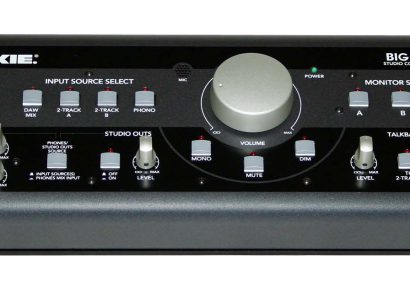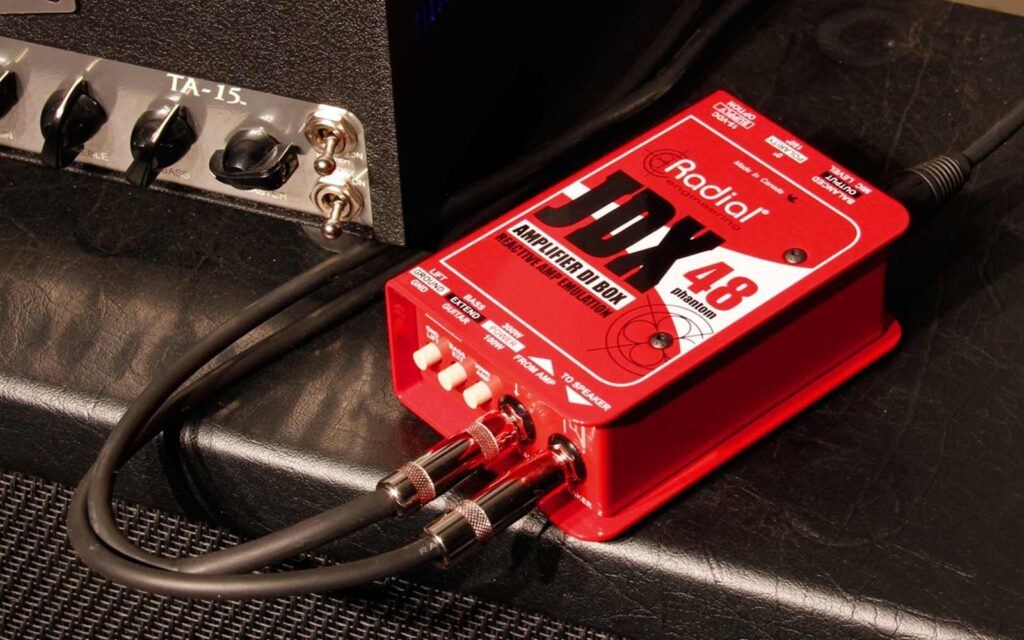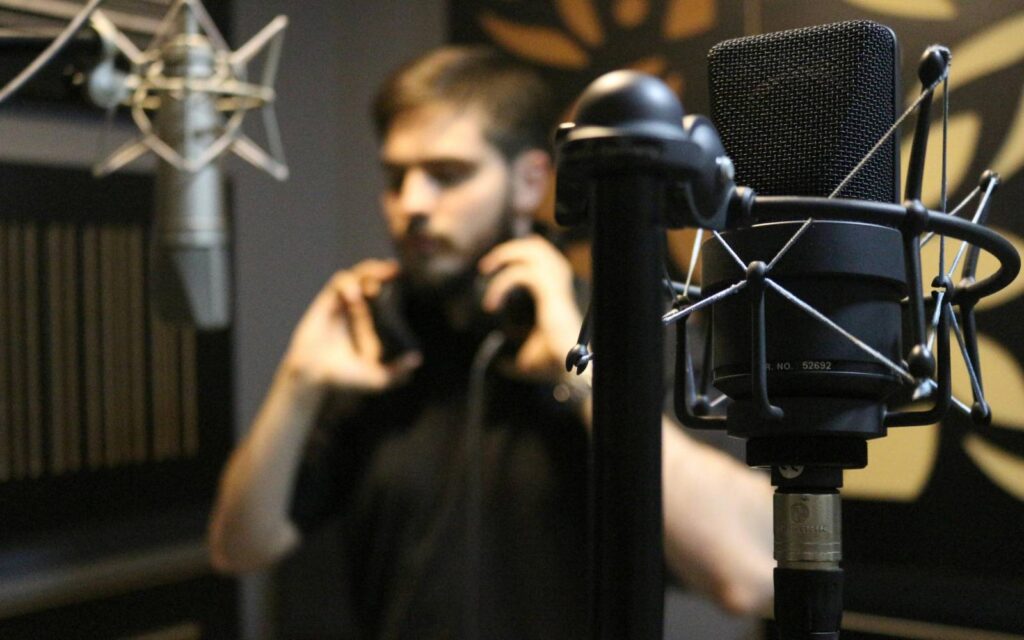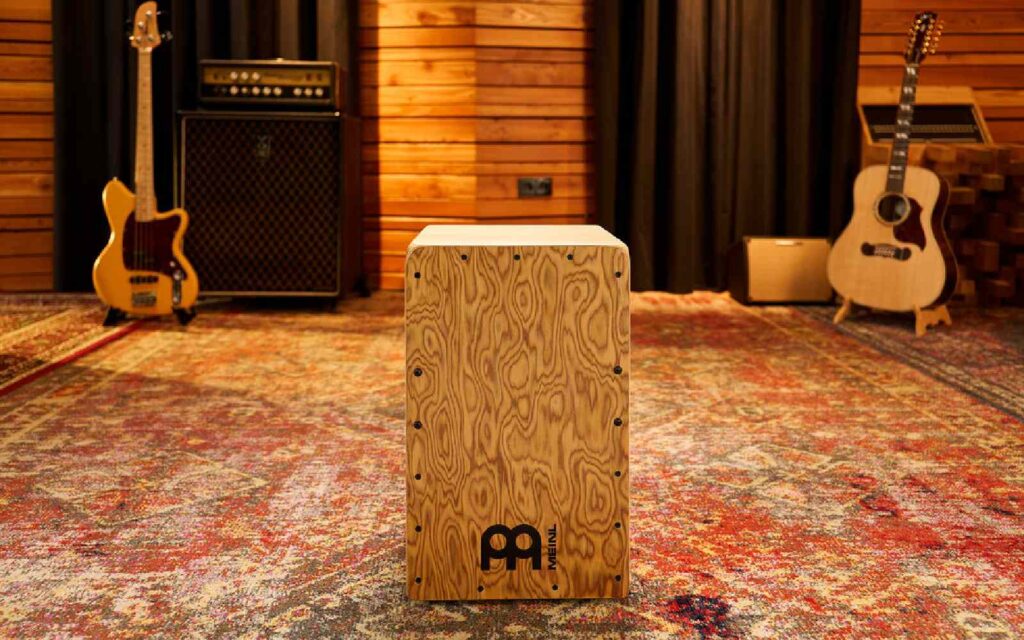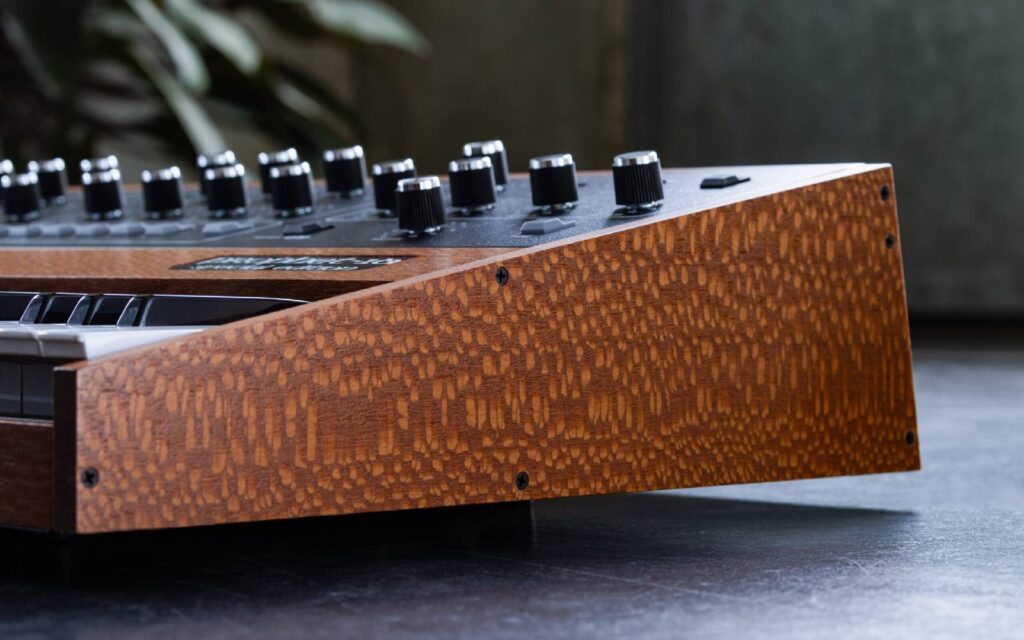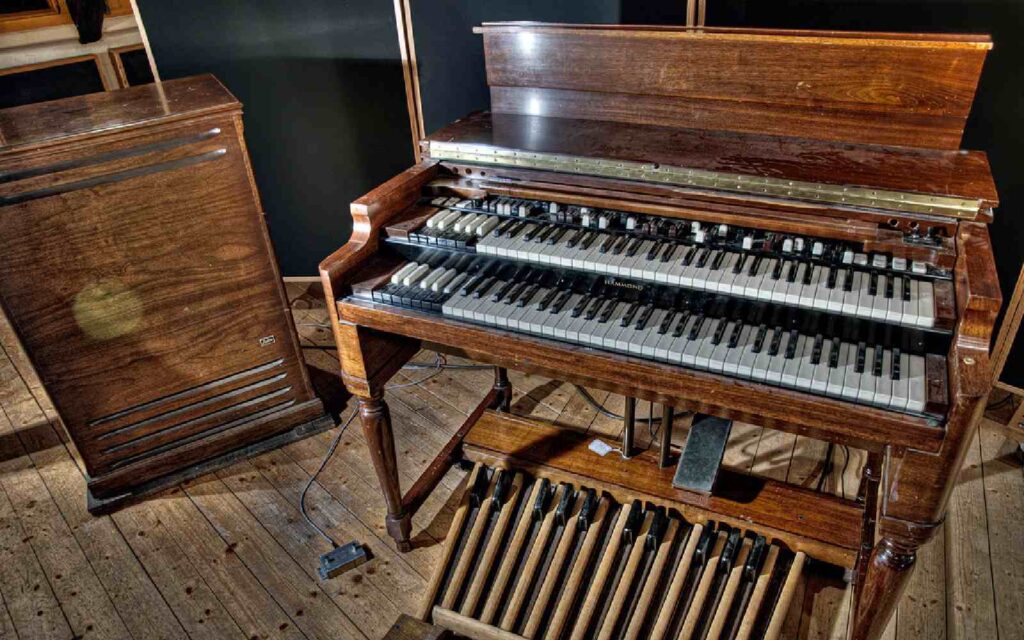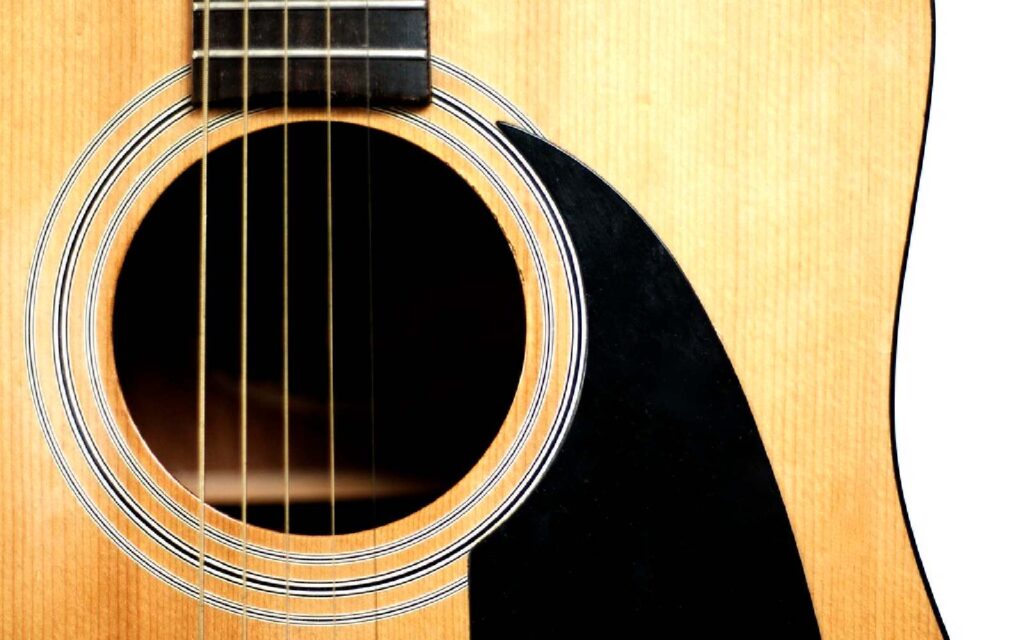Utilising their in built compressor plugin.
One of the most distinctive characteristics of modern electronic music is the rhythmic pumping, most often a lead and/or bass line ducking in and out around a thumping bass drum. The method behind this is called sidechaining and uses an audio signal to trigger a change in another module – most commonly a compressor.
Read more features, columns and interviews here.
Get that bass line ducking around the kick
I’m using Ableton Live today; obviously the exact step by step method behind sidechaining differs slightly from DAW to DAW, however the main steps should be quite similar. Set yourself up with a basic beat and bassline, ensuring the bassline plays over the top of your kicks. Now drop a default compressor onto your bass line’s track.
Clicking the arrow next to the title of the module opens up the compressor’s sidechain functionality – click on the sidechain button and select your drum rack from the drop down menu below it. Another drop down menu appears below that – select your kick drum. Ok, now press play. Still sound the same? That’s because we haven’t actually told the compressor to do anything with the bass drum’s signal yet.
Click on the activity view of the compressor so we have visual feedback of this next step. Grab the threshold control and wind it all the way back to -inf dB. Now you should have some extreme ducking and be able to see how the signal is being affected. For most applications -inf dB is way too extreme, so wind that threshold back up until it sounds good to you.
There’s some other important settings we can tinker with at this point too – Ratio, Attack and Release. Ratio affects the amounts the bassline’s signal is reduced each time the drum hits, wind it up for a more extreme effect. Attack is how long the signal takes to be affected and Release how long it takes to recover once the bass drum’s hit has passed. Experimentation is key here, the results depends on tempo and your own taste.
What else can we do?
A really great feature is that the kick drum – or whatever drum you’ve chosen to trigger the sidechain – doesn’t have to be activated to affect the bassline’s signal, it can be turned off so we have a pumping bassline without actually hearing the kick drum.
Pay attention next time you hear a cheesy EDM banger and you’ll hear a lot of this used in the lead ups to drops. An audio source that’s kept silent but used for triggering is often called a dummy track. Sidechained compressors can be really great when used on percussion too.
Give it a whirl on some busy hi-hats or cymbals and you’ll add a rhythmic drive you didn’t know your track was missing. Of course, your compressor can be on anything. And your source doesn’t have to be the same length as the track it’s affecting, try experimenting with a busy 3 bar loop triggering a compressor on a 4 bar loop.
If you’re feeling really wild, put a delay or beat repeat plug-in on your dummy track. There’s mountains of possibilities here, both creative and useful for mixing – so get crackin!
